

Jump to Content
One of the many aspects of gameplay in DOTA 2 that is often cited as esoteric is the art of warding. The act of using a particular item that stays on the ground for a limited amount of time to keep it revealed at a limited area is a concept that a lot of players are still trying to fully grasp, but those who have an understanding of it tend to bring value to whatever team they join. That’s why it’s necessary to bring this up in an introductory guide for those who wish to up their game.
They are consumable items that can be bought from the Main Shop. Their purpose is to provide vision at a certain range in order to keep tabs on what’s going on during the game, especially when it comes to enemy movement.
Being able to keep tabs on whatever is going on around the map is crucial to winning. The fog of war is an obstacle that must be overcome with constant communication within the team and proper placement of wards all over the map.
Observer Wards
This is the first type of ward you’ll most likely use. It costs 200 gold, which gives you 2 stacks for each purchase. You can only buy 2 at a time, after which you’ll have to wait for 6 minutes in order to buy again. This means that your supply of wards is quite limited, so make sure that you put them down at the right place and at the right time.
These wards cover 1600 range vision each, which makes them the go-to wards for creating more vision on the map. Take note that heroes have 1800 range vision during daytime, so you’re seeing a bit less on the map than you would when you’re actually there.
Take note that aside from the more limited sight range, wards also can’t see both uphill or through trees, so that must be taken into account when considering placement.
Sentry Wards
This is much like the Observer Wards, but they have temporary natural vision and True Sight. These wards are more situational since they’re for times when you know that there are enemies that can cloak themselves.
Sentry Wards also come in 2 each per stack, but do not have a stock. They last half as long as Observer Wards, and they can also targeted by Quelling Blade for 100 damage. The same job can be done with Gem of True Sight, but you’ll only be able to see cloaked enemies when they’re near you.
Lane Wards
These are simply wards put down while laning in order to know when enemies are coming. If the enemy team has a roamer or jungler who likes to pop out of nowhere for a gank, then lane wards should keep them from staying unseen. The best places for lane wards are anywhere that sees heavy hero traffic.
Push Wards
These are basically wards planted down while pushing a lane. The goal of push wards is to be able to predict the enemy team’s next move during a defense, which is a fairly straightforward purpose.
Since pushing leaves the lane open for more ward coverage, it’s an advantage best exploited as both insurance and a good way to spoil your enemies’ plans.
Rune Wards
Runes play an important part in gaining advantage over the enemy team, so knowing when new runes pop up and if enemies take them is just another way of maintaining advantage. It also doesn’t hurt at all if you can keep tabs on the river itself, which is a main roaming and ganking route.
Jungle Wards
The jungle in between lanes are usually big dark areas for newbies, and they rarely get attention. But in higher level games, roamers and assassins go through them all the time and targets can be unaware of incoming threats from those areas.
Having wards in key parts of the jungle, especially when there’s an enemy that frequently go through there, is crucial in making sure that ambushes are kept to a minimum.
You can also keep neutral creeps from respawning with wards, which could be helpful if you’re trying to give an enemy jungler some misery.
It controls the enemy’s jungle, cuts off income, and makes gank routes visible; this makes jungle wards both aggressive and defensive at the same time.
This is where you have to really do your homework. There are over 60 spots all over the map that are best for planting wards in. Some are for rune wards, some are for push wards, and so on. Some are situational, while others are mandatory. If you’re playing a support position, then you have to be familiar with these locations to best maximize your wards.
Red: Rune Wards
Yellow: High Jungle Cliff Wards
Pink: Lane Wards
Green: Jungle Wards
Blue: Push Wards
White: Situational
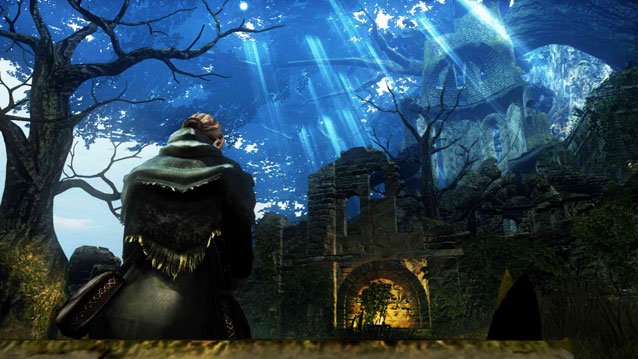
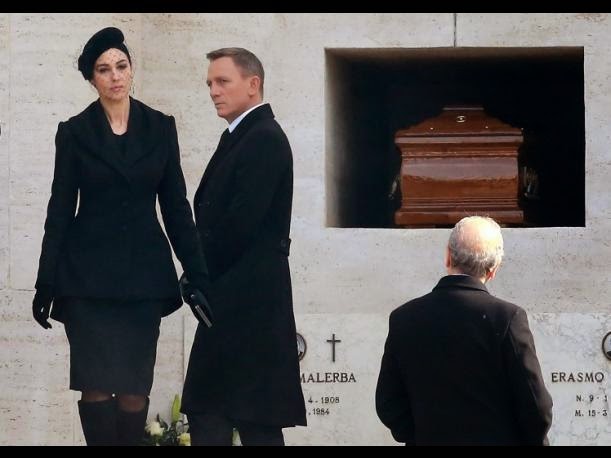


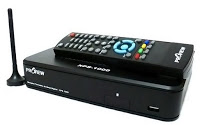 Digital Converter or Receiver? Learn their differences
Digital Converter or Receiver? Learn their differences God of War Origins Trophies list
God of War Origins Trophies list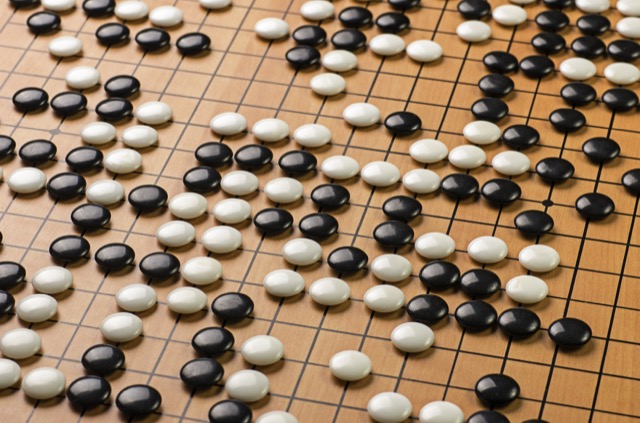 Google's AI Breakthrough: What It Means & How It Affects You
Google's AI Breakthrough: What It Means & How It Affects You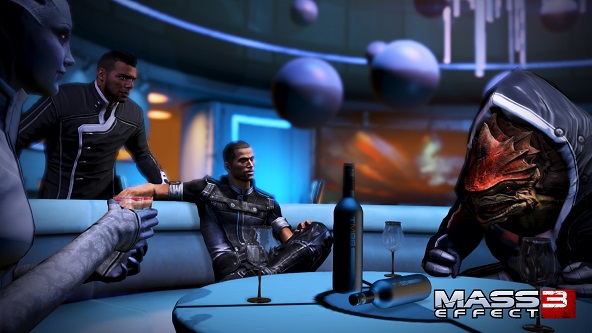 Mass Effect 3: Citadel DLC Walkthrough
Mass Effect 3: Citadel DLC Walkthrough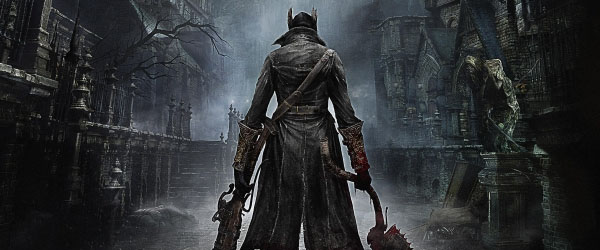 Bloodborne PS4 Guide: All Hunter Tools Location
Bloodborne PS4 Guide: All Hunter Tools Location